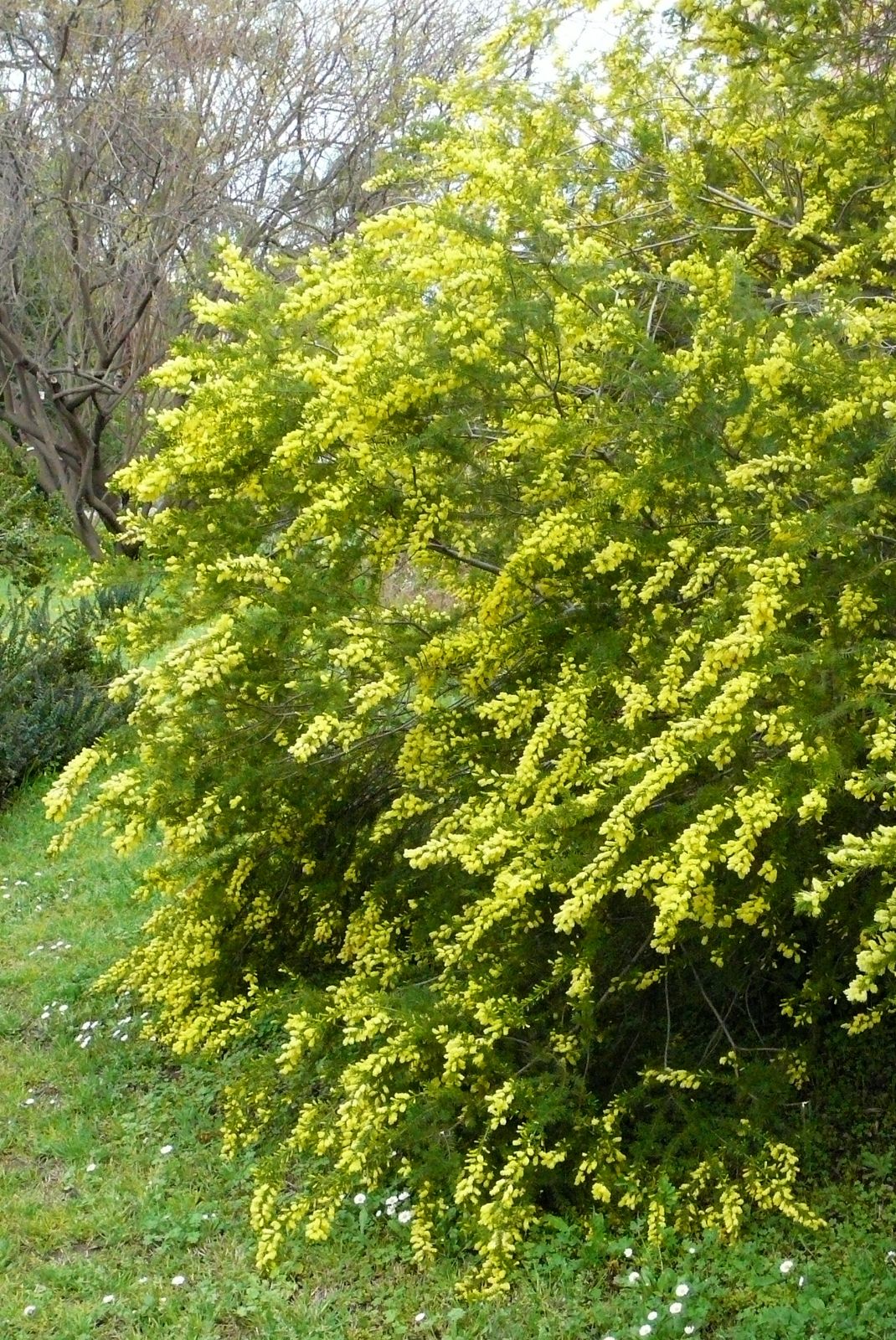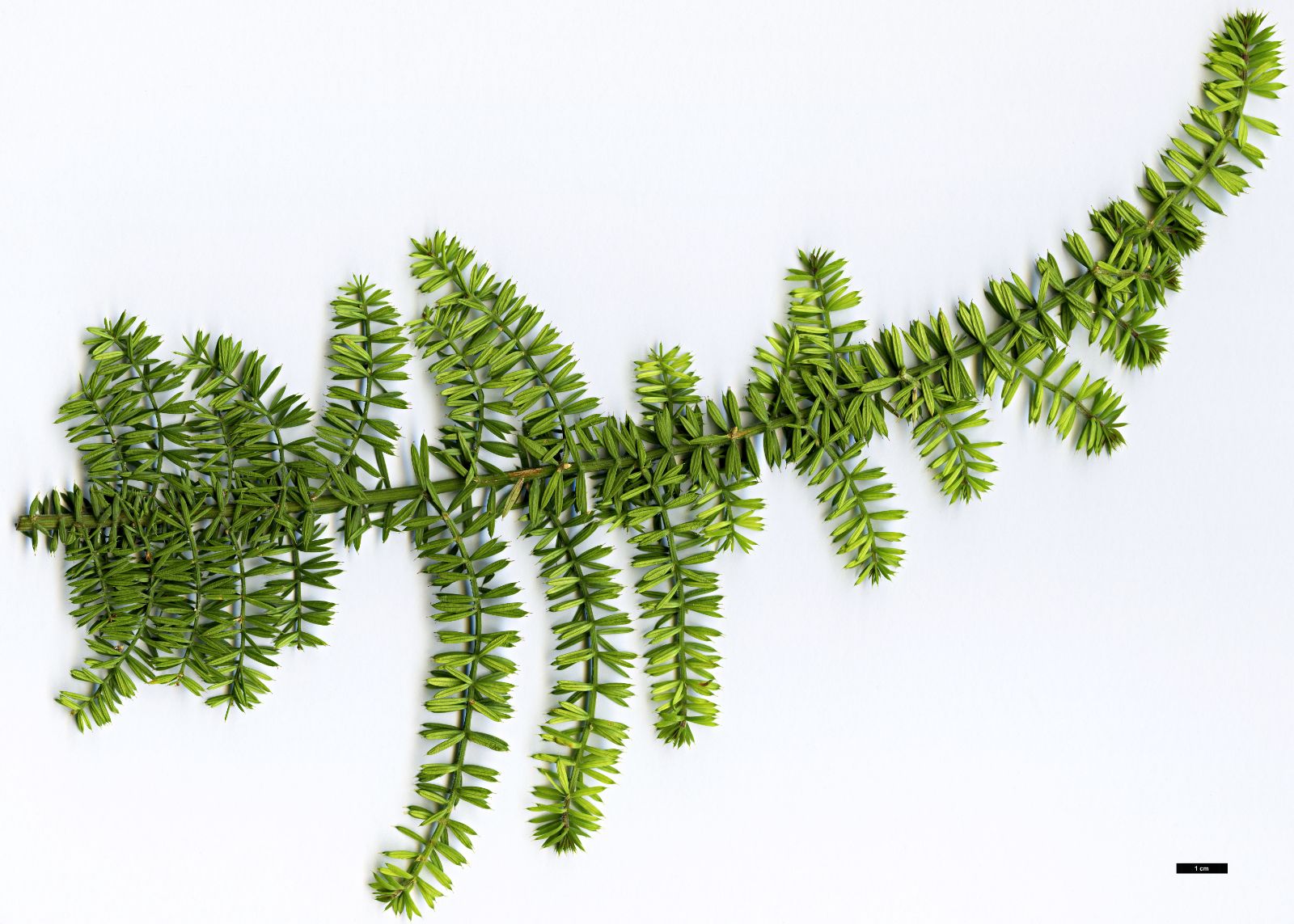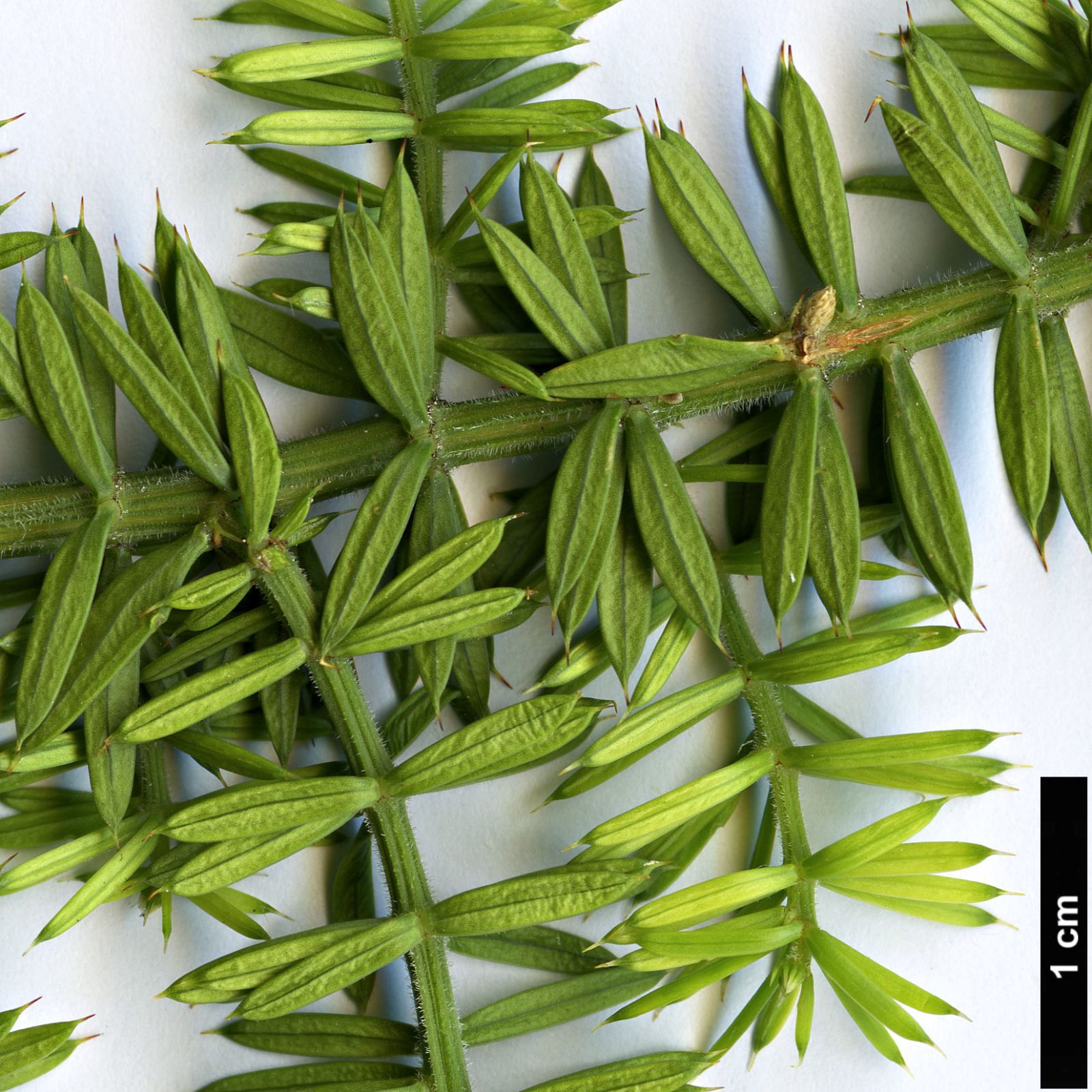Acacia verticillata
Credits
Article from Bean's Trees and Shrubs Hardy in the British Isles
Recommended citation
'Acacia verticillata' from the website Trees and Shrubs Online (treesandshrubsonline.
Genus
Synonyms
- Mimosa verticillata L'Heérit.
An evergreen shrub up to 30 ft high of dense habit; young shoots distinctly and angularly ridged, downy. Phyllodes mostly arranged in whorls (verticillate), usually about six in a whorl; linear, awl-shaped, prickly pointed; 1⁄3 to 5⁄8 in. long, 1⁄20 to 1⁄12 in. wide; dark green, not downy, with a prominent midrib. Flowers clear bright yellow, closely packed in bottle-brush-like spikes 1⁄2 to 11⁄8 in. long and 1⁄4 to 1⁄3 in. wide, each spike springing from the axil of a phyllode on a downy stalk 1⁄8 to 1⁄2 in. long. Pods slender, 11⁄2 to 2 in. long, 1⁄6 in. wide, often curved or even sickle-shaped, sprinkled with pale hairs. Bot. Mag., t. 110.
Native of Australia (Victoria) and Tasmania; introduced by Sir Joseph Banks to Kew in 1780. There was once a very healthy plant at Lanarth in Cornwall, which reached a height of 20 ft and as much in spread, and bloomed in April and May. It is very beautiful every spring in the Australian House at Kew and is distinct among the acacias here described by the short prickly ‘leaves’ being arranged in whorls, but there are several other species in the genus that are similar in that respect.





